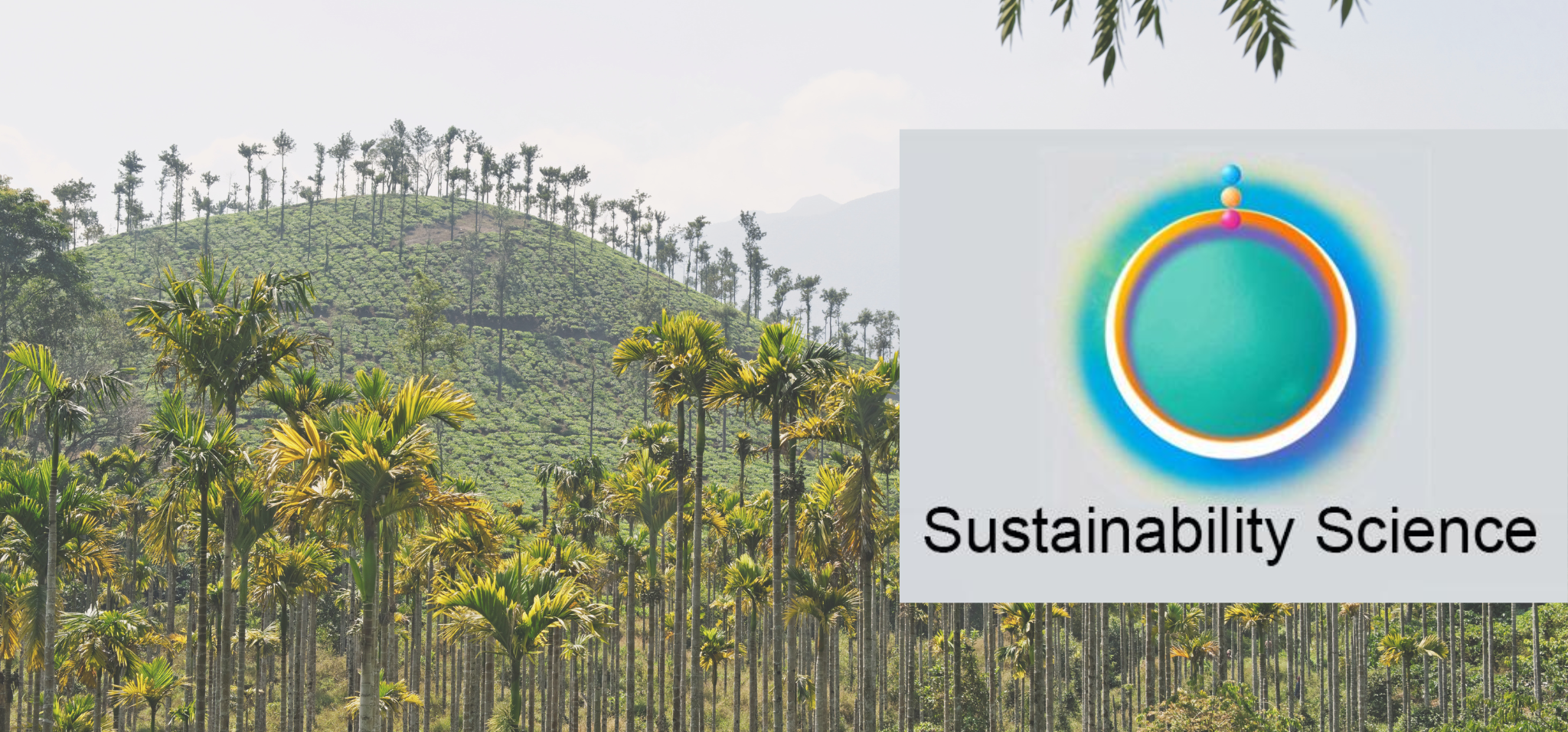
The latest paper led by FABLE India has been published in Sustainability Science, as part of the Special Issue 'Globally-Consistent National Pathways towards Sustainable Food and Land-use Systems'.
Authors: Chandan Kumar Jha, Ranjan Kumar Ghosh, Satyam Saxena, Vartika Singh, Aline Mosnier, Katya Perez Guzman, Miodrag Stevanović, Alexander Popp & Hermann Lotze-Campen.
Abstract
India has committed to reducing the emissions intensity of GDP by 33–35% from the 2005 level by 2030 in alignment with objectives of the Paris Agreement. This will require a significant reduction in greenhouse gas (GHG) emissions from the food and land-use sector.
In this paper, we construct three potential pathways for India to achieve its emissions target by 2050 involving moderate ambitions of mitigation action (BAU), moderate ambitions combined with achieving healthy diets (BAU + NIN), and high levels of mitigation action inclusive of healthy diets (SUSTAINABLE). Using an integrated accounting tool, the FABLE Calculator, that harmonizes various socioeconomic and biophysical data, we project these pathways under the conditions of cross-country balanced trade flows.
Results from the projections show that the demand for cereals will increase by 2050, leading to increased GHG emissions under BAU. Under the Sustainable pathways, GHG emissions will decrease over the same period due to reduced demand for cereals, whereas significant crop productivity and harvest intensity gains would lead to increased crop production. The exercise reveals the indispensability of healthy diets, improved crop, and livestock productivity, and net-zero deforestation in achieving India’s mid-century emission targets from the agriculture sector.